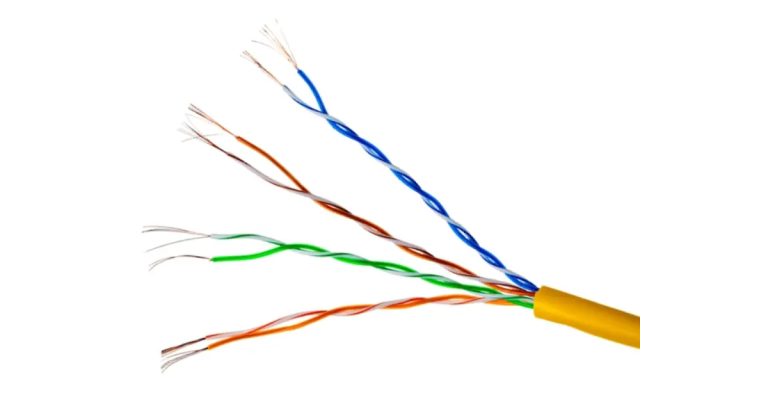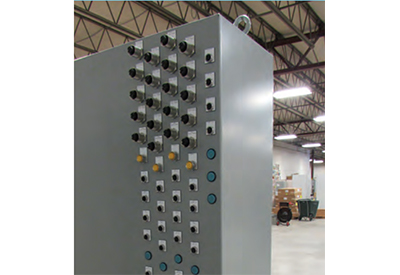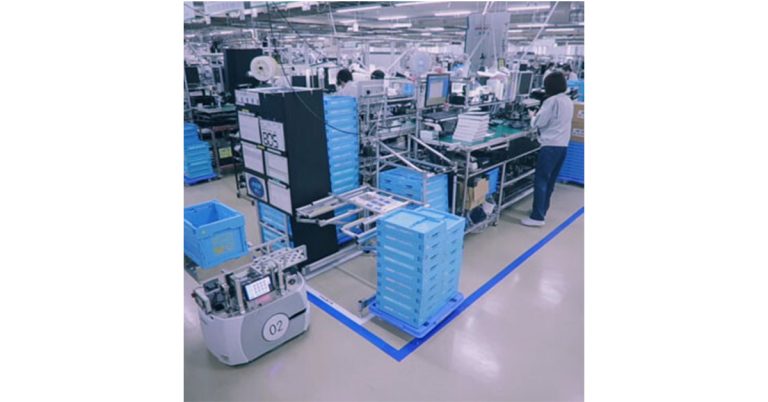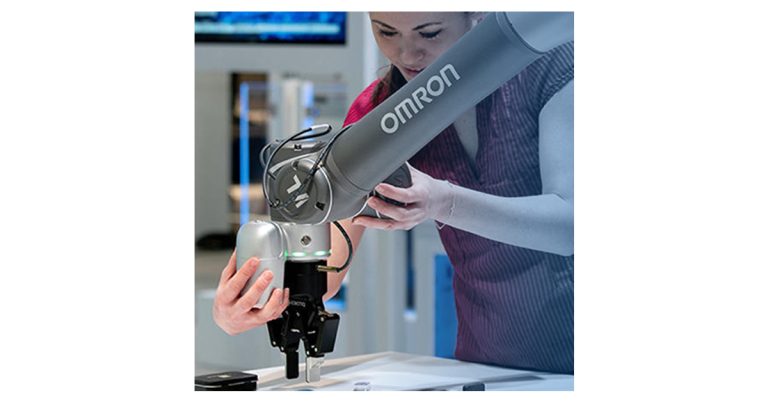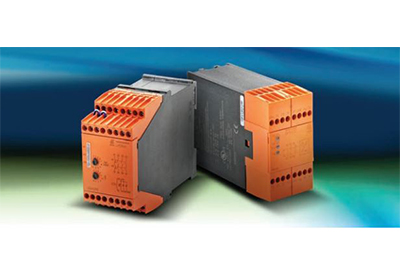Can A Cobot Help Your End-of-Line Operations?
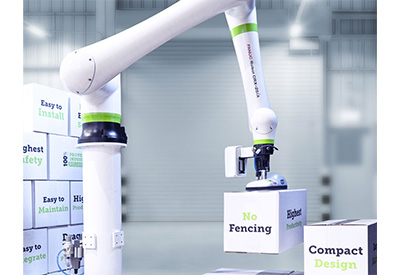
November 7, 2022
If you’re challenged with labor issues in your packaging and palletizing area, you’re not alone. These applications are often tedious and can lead to repetitive motion injuries. In a tight job market it’s especially difficult to fill jobs that people consider dull and strenuous. Now more than ever, companies are looking for automation solutions that will allow them to resolve labor issues and increase their flexibility to quickly adapt to market demands.
Can a cobot help your end-of-line operations? Here are a few areas to consider:
Case Erecting – Some companies have very limited space or they have “odd ball” box sizes that can’t be erected with a traditional case erector. In these instances, using a collaborative robot to erect cases is an ideal solution because they are not only flexible, but quick to implement, and easy to program. So, when box sizes change, it’s a simple program adjustment and the cobot is back up and running in a few minutes.
Case Packing – For low to medium volume production, companies continue to use people to pack product into cases, which is another good example of a job for a cobot. Space and flexibility are often major concerns in these applications, so the fact that a collaborative robot does not require safety fencing makes them very appealing. In addition, because programming is so easy, you can cross train a variety of employees to run the cobot – so if someone calls in sick, another person can step in and get the job done on time.
Palletizing – Stacking boxes all day is monotonous, and employees are very prone to repetitive motion injuries. A collaborative robot palletizer is a great solution to this problem, and it allows manufacturers to redeploy their workforce to perform other roles in their facility.
What about palletizing speed?
Speed can be an issue for cobots, but the main limiting factor is the combination of speed and load capacity. Based on the cobot’s capacity you can address the speed issue by picking multiple products at one time. For example, if you have boxes that weigh four pounds coming on a line at 16 boxes per minute, you can potentially pick and palletize four boxes at a time.
What about company size?
Even large companies have lower rate production lines. For example, a large food or beverage manufacturer may have a number of high-speed lines for their well-established products, but they also have slower, manual lines that produce new/emerging products. The same can be said for just about any industry. All manufacturers are facing the same labor issues regardless of their size.
FANUC CRX Cobots
FANUC recently expanded its line of CRX cobots, including the new CRX-25iA, which offers a long reach of 1,889mm, a 25kg payload, and is both flexible and scalable to handle a wide range of palletizing or de-palletizing processes, including mixed cases.
All CRX cobots are extremely robust and able to run for up to eight years without maintenance. In addition, interactive programming enables users to teach points using hand guidance or a tablet interface with drag and drop icons.
In addition, the CRX series supports several of FANUC’s advanced features including iiRVision, and is a perfect fit for any company looking to achieve higher efficiencies – even those that have yet to use their first robot.
Time to Automate? Consider a FANUC CRX Cobot
FANUC understands that manufactures and co-packers may not have enough labor to run every dedicated line simultaneously. That’s why their CRX cobots have become so popular – they use standard 120v power, have a small footprint that fits into tight spaces, and can be easily moved or rolled from line to line to take on new tasks in a matter of minutes.
Automating end-of-line applications with cobots allows you to redeploy workers to help solve the current labor shortage situation. Instead of workers performing repetitive tasks, they can take on more challenging, complex and rewarding jobs that only people can do.


